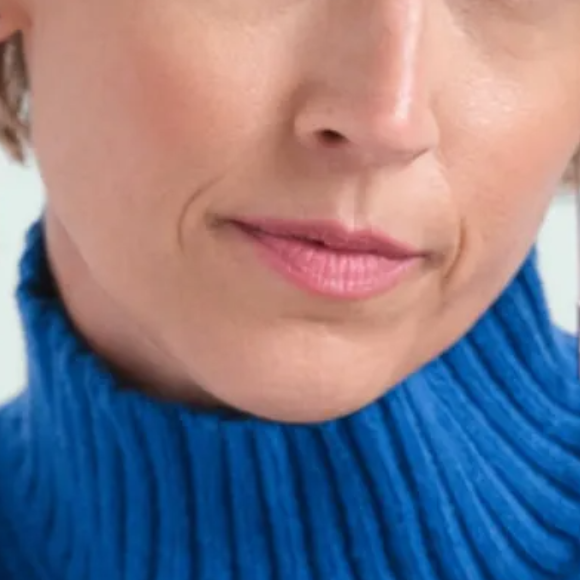Radiesse
Radiesse and Radiesse (+) injectable implants are FDA-approved for subdermal implantation for the correction of moderate to severe facial wrinkles and folds, such as nasolabial folds. Radiesse is also used for correcting volume loss in the back of the hands.1,2
Unique calcium hydroxylapatite (CaHA) gel formulations of Radiesse provide a matrix for immediate lift and contour, and high density of collagen and elastin provides for observed long-term structural support.2-6 The long-lasting effects of Radiesse may provide your patients with a year or more of the effect they desire.4,7
Radiesse for Lower Face

Radiesse provides foundational treatment to address the most in-demand age-related aesthetic concerns for the lower face.
- Provides immediate lift and definition by restoring lost volume in areas of the lower face3,5
- Regenerates collagen and elastin5

Radiesse for Hands

Radiesse is the only CaHA dermal filler proven to immediately restore volume loss in the back of the hands for smooth, natural-looking results.8
- Helps restore a more youthful appearance to hands8
- Reduces the appearance of tendons and veins9
- Delivers smooth, natural-looking results that last up to a year in most patients9

Become A Provider
Become a provider
Contact us if you would like more information about becoming a Radiesse provider.














